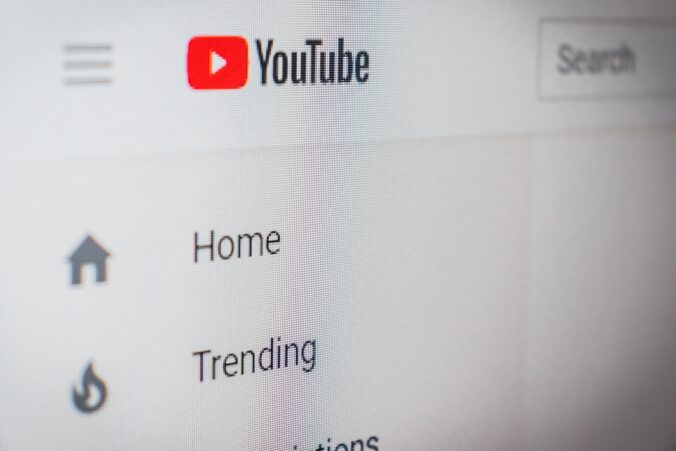Technology alone cannot make learning engaging (Burns, 2020). As we integrate media into our learning resource, we want to ensure that our students are not only interacting and engaging with the media itself – but also with the content, their peers, the instructor(s), and with their prior knowledge as they make connections and deepen their understandings.
Below, I have chosen a video from John Spencer (2017) that could be integrated into our synchronous learning resource on Growth Mindset for grade 4 learners, and will assess the interactions the video provides, or could provide, if implemented correctly.
Growth Mindset vs. Fixed Mindset – John Spencer
What kind of interaction, or response, does the video require?
Spencer’s Growth Mindset video is an example of a computer-managed learner interaction – it would be effective for developing comprehension and understanding of the concept – but without interaction from the students or teacher, it will not develop higher order thinking skills such as analysis, synthesis, and/or critical thinking (Bates, 2019). YouTube videos’, without follow up assessment activities or discussion, are not-inherently interactive, as they do not force learners to respond.
In what way are students likely to respond to the video on their own?
As educators, we need to be mindful that the media interactions we provide are linked to desired learning outcomes (2019). YouTube videos are often characterized by learner-materials, media interaction (2019) and without guidance and assessment from the instructor – students cannot respond to the video alone in a way that aligns with learning outcomes.
What activities could follow the video and what skills could be developed?
The quality of learner-generated interactions could be increased by implementing open-ended prompts for the students to consider and reflect on following the video. Students could also create a mind-map or sketchnote of their understanding of the content as they are watching. These activities would aid in prior knowledge activation and students ability to describe factors that positively influence mental well-being.
Other activities that would increase interaction from learner-material to learner-learners, would be student reflections on the video via a classroom platform (such as Padlet) for peer-feedback. Another idea for peer interaction following the video would be to integrate a Socratic seminar by providing higher order thinking questions or prompts for the students to interact with the content and each other. This activity could be delivered in recorded Zoom breakout rooms to provide assessment opportunities as the students’ display their critical thinking skills and understanding of the concepts.
How could the video have been designed to generate more or better activity from viewers or students?
Spencer’s video would be more engaging for students if it implemented reflective questions throughout (ex. “Have you given up, when faced with an obstacle?”) As he progresses through the characteristics of growth and fixed mindsets, pausing for a few seconds following the questions would allow students the time to think and reflect on their experiences with their own mindsets. In our learning resource, we could also integrate this process as we watch the video with our students to increase their engagement and interaction with the media.
My colleagues blog:
Below, one of my colleagues Chantale outlines the importance of interaction for student learning and some great considerations and activities to increase connection amongst students. In her post, Chantale points out a lack of examples in the video she chose to highlight. Examples are so beneficial for learning because not all students will come to their learning spaces with the same level of understanding. By providing examples of what we expect them to know/understand/do – students can focus their attention on the task at hand and not the high cognitive load of trying to discover what is expected of them. Great insights this week Chantale, I look forward to checking out your finished learning resource!
References:
Bates, T. (2019). Teaching in a Digital Age-Second Edition. Chapter 9: Choosing and using media in education: the SECTIONS model. Retrieved from: https://pressbooks.bccampus.ca/teachinginadigitalagev2/chapter/pedagogical-roles-for-text-audio-and-video/
Burns, M. (2020). Getting Ready to Teach Next Year. Edutopia – Online Learning. Retrieved from: https://www.edutopia.org/article/getting-ready-teach-next-year




Recent Comments